
Post by : Monika
India’s automobile market saw a notable increase in sales during September 2025, with overall retail vehicle sales rising by 5.2% compared to September 2024. This growth comes after a relatively slow start in the first three weeks of the month.
According to the Federation of Automobile Dealers Associations (FADA), the boost in sales began after the Goods and Services Tax (GST) cuts were implemented on September 22. The tax reduction, along with the upcoming festive season, encouraged more consumers to purchase vehicles.
Vehicle sales in India are highly influenced by tax policies, festive seasons, economic conditions, and consumer confidence. This September’s sales surge demonstrates how government incentives and cultural festivals can directly impact the automobile market.
GST Tax Cuts and Their Impact
The Indian government introduced significant tax reductions on vehicles to increase affordability and stimulate demand. Small cars and two-wheelers saw a reduction in GST from 28% to 18%, while taxes on larger cars, including SUVs, were reduced to 40%, with the removal of certain additional levies.
This change made vehicles more financially accessible to middle-class consumers who often delay purchasing due to high costs. Dealers reported that many customers, who were waiting for the GST reductions, finally visited showrooms in late September.
The FADA highlighted that these tax cuts boosted consumer confidence, with people more willing to spend on higher-value purchases knowing they could save money on taxes. The cuts were especially appealing to buyers of small and medium-sized vehicles, which form the bulk of India’s vehicle market.
Role of the Festive Season
India’s festive season, particularly Navratri and Diwali, is traditionally a peak period for purchasing vehicles. Families view buying a new vehicle as an auspicious activity during festivals, believing it brings prosperity and good luck.
This year, the nine-day Navratri festival saw a 34% year-on-year increase in sales. Dealers reported long queues and high footfall at showrooms, with consumers motivated by festive promotions, discounts, and the new GST rates. Many families also considered this a favorable time to upgrade old vehicles to newer models.
The combination of tax incentives and the cultural significance of festivals created a strong surge in vehicle demand, especially among middle-class and upper-middle-class consumers.
Segment-wise Sales Growth
Two-wheelers, which include motorcycles and scooters, showed strong growth, rising by 6.5% in September 2025. These vehicles are extremely popular in India due to their affordability and fuel efficiency, especially in smaller cities and towns.
Passenger vehicles, including cars and SUVs, grew by 5.8%, showing that buyers were also willing to invest in higher-priced vehicles. Dealers reported that popular models in the small-car segment sold quickly, while mid-size and luxury SUVs saw increased interest from urban consumers.
Commercial vehicles, however, showed moderate growth, reflecting steady demand in the logistics and transport sectors. The overall sales increase reflects a broad-based recovery across multiple vehicle segments, driven by tax cuts, festive buying, and improved consumer confidence.
Regional Impact
The sales surge was visible across many states in India. Urban markets such as Delhi, Mumbai, Bengaluru, and Hyderabad showed higher demand for passenger vehicles, while tier-two and tier-three cities experienced a stronger growth in two-wheelers.
FADA noted that rural demand also benefited from a good monsoon and strong agricultural output, giving farming households more disposable income. Many rural consumers invested in motorcycles and small cars during the festive season.
This combination of urban and rural demand contributed to the overall 5.2% increase in vehicle sales, demonstrating that both city and countryside markets play an essential role in India’s automotive industry.
Dealers and Consumer Behavior
Automobile dealers reported a shift in consumer behavior this September. Many customers were researching vehicles online before visiting showrooms, comparing prices, checking GST savings, and reading reviews.
Dealers also launched special festive campaigns, offering discounts, free accessories, and flexible financing options. These efforts were effective in attracting buyers, especially younger consumers who are more influenced by online information and promotions.
The surge in footfall during the last week of September highlights the combined effect of tax cuts and festival-driven demand, showing that consumers strategically time their purchases to maximize savings and benefits.
Economic Factors Supporting Growth
Outlook for Diwali 2025
Looking ahead, FADA expects continued strong demand during Diwali, which is traditionally the peak season for vehicle sales in India. Diwali is considered the most auspicious time to buy cars and motorcycles, and many dealers anticipate higher sales than in previous years.
With the GST benefits still in effect and manufacturers offering festival discounts, the overall automotive market is expected to perform strongly in October 2025. Dealers are preparing for peak showroom traffic and ensuring sufficient vehicle inventory to meet the expected demand.
Challenges and Considerations
Despite the positive growth, the automobile market still faces challenges:
Broader Impact on the Automotive Sector
September 2025 was a strong month for India’s automotive sector, with retail vehicle sales rising by 5.2%. The combination of GST tax cuts, festive season demand, and improved economic conditions drove this growth. Two-wheelers and passenger vehicles both experienced significant increases, while regional markets from urban to rural areas contributed to the surge.
The upcoming Diwali season is expected to continue this positive trend, further boosting vehicle sales and supporting India’s automotive ecosystem. Despite challenges like supply chain issues and rising raw material costs, the market remains optimistic, reflecting the interplay between government policy, consumer behavior, and cultural factors in driving economic growth.
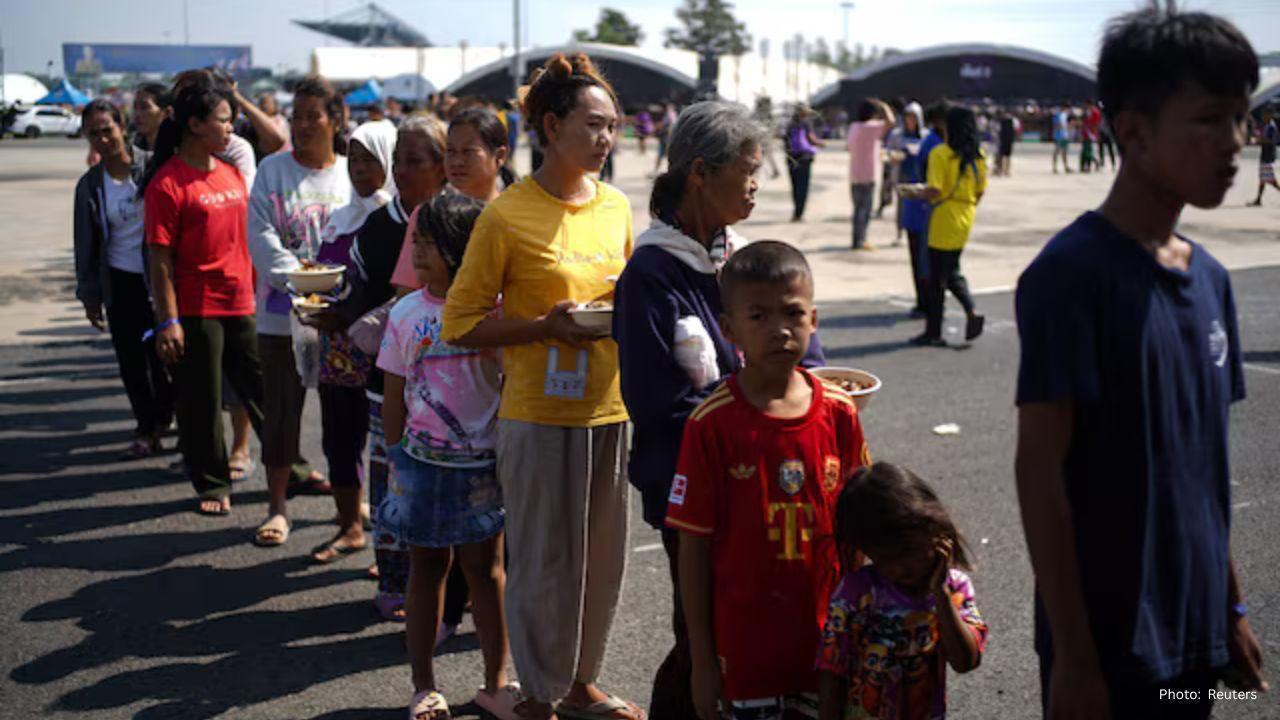
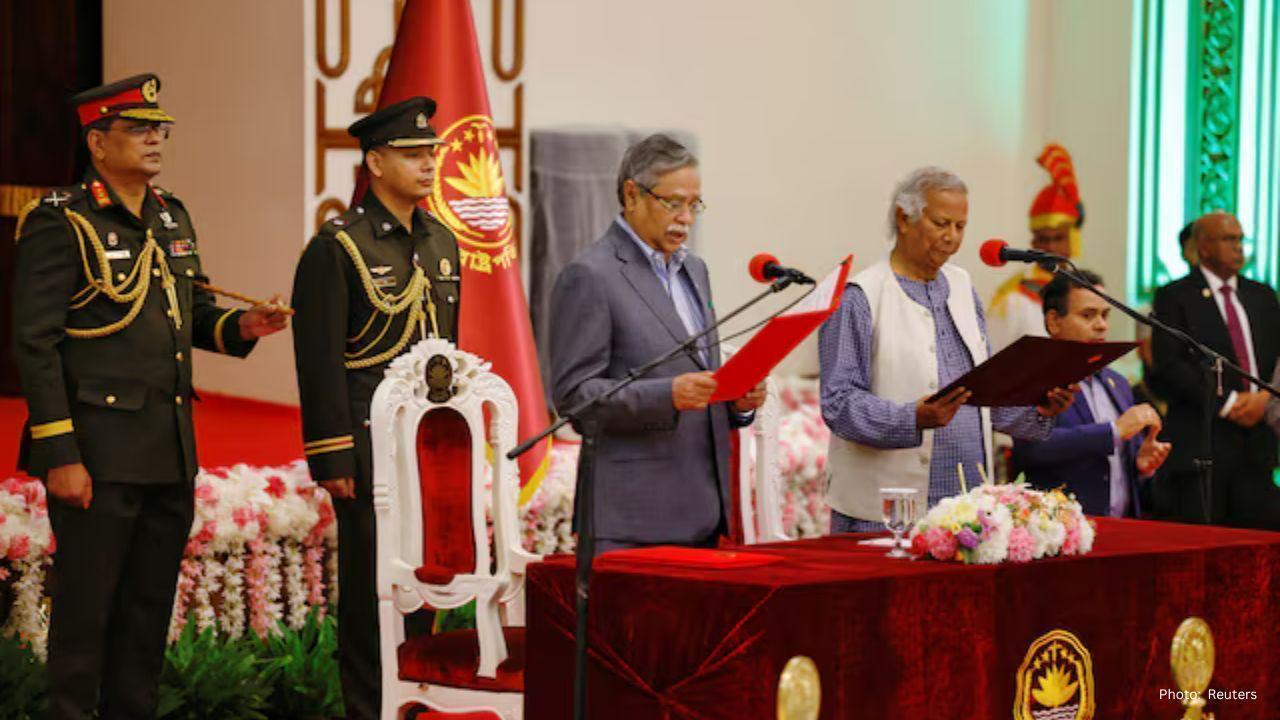
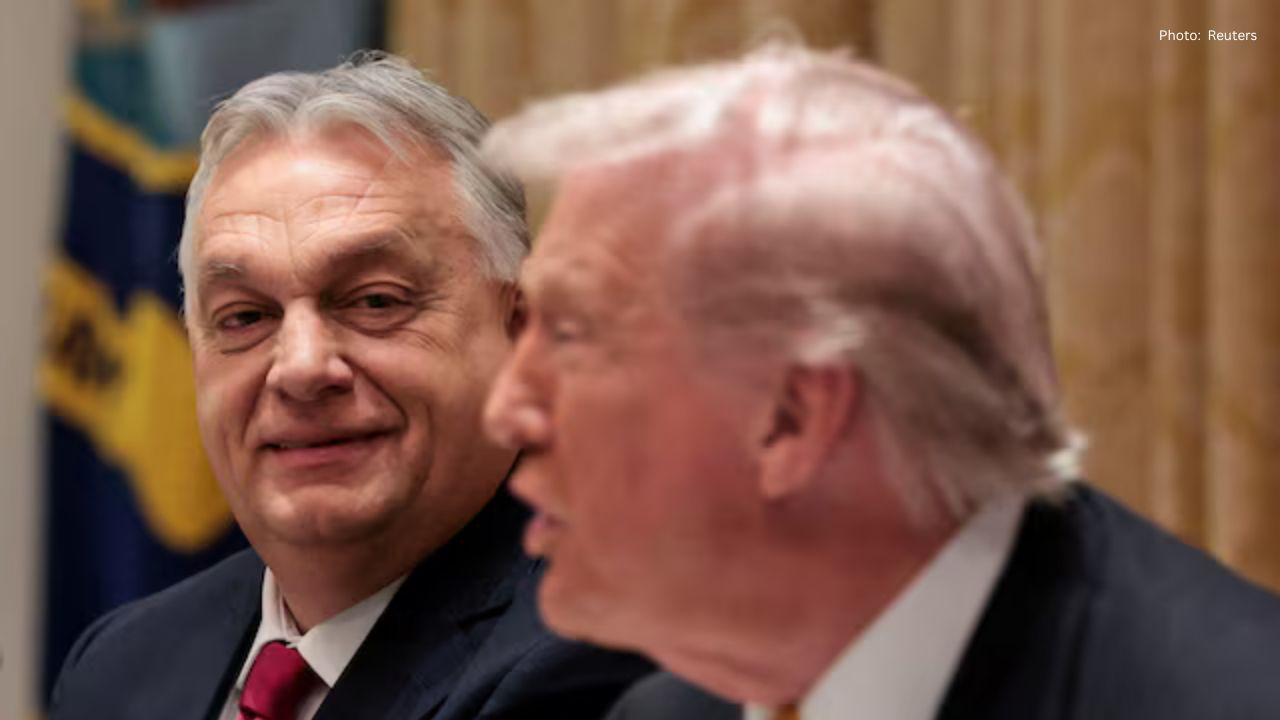
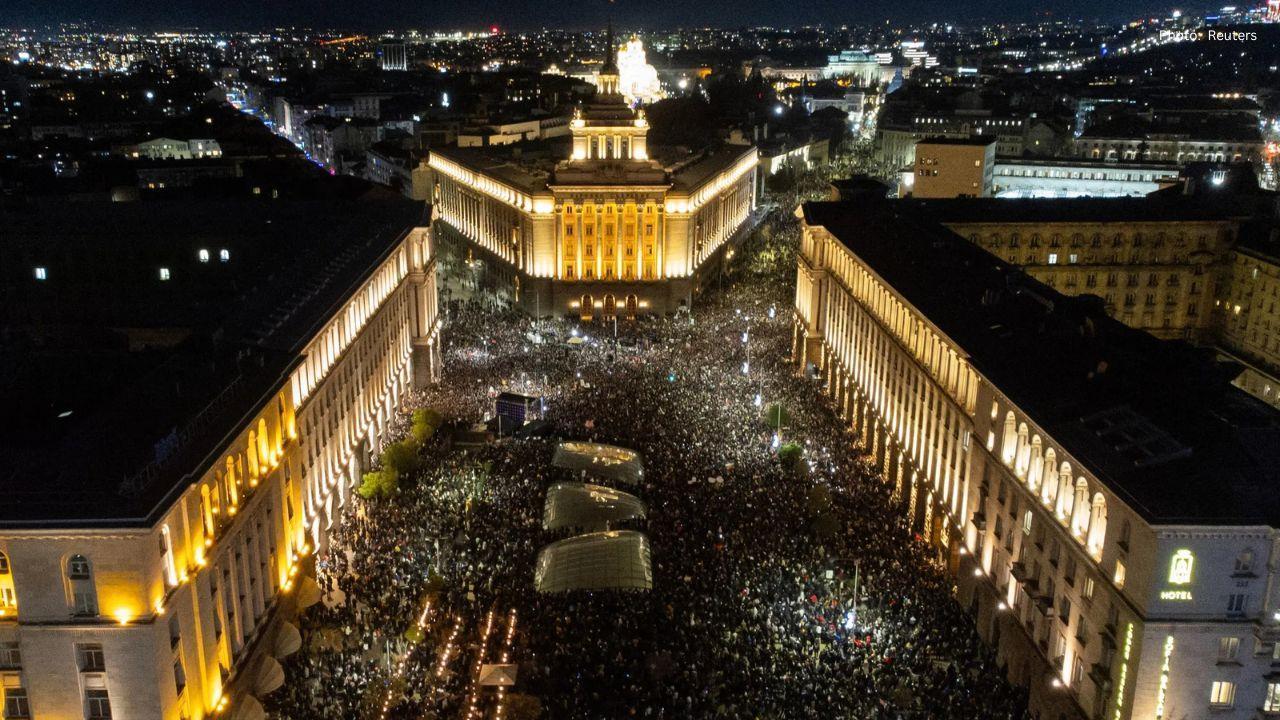

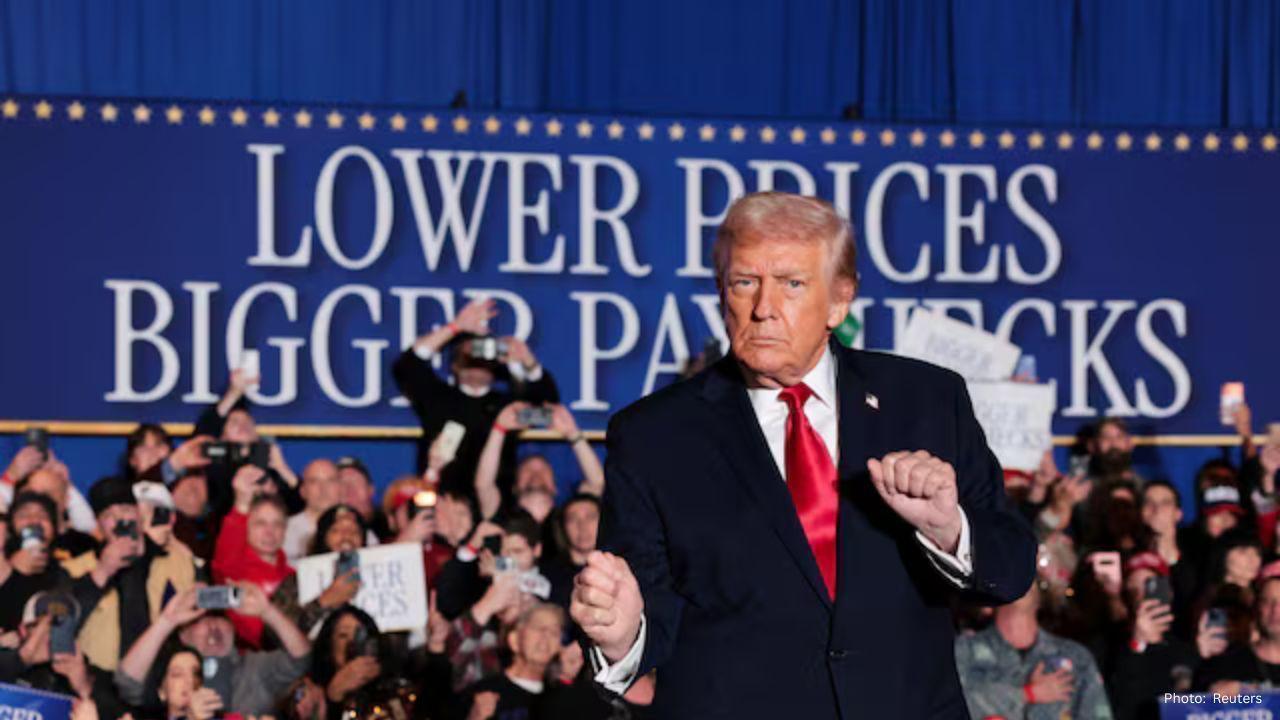
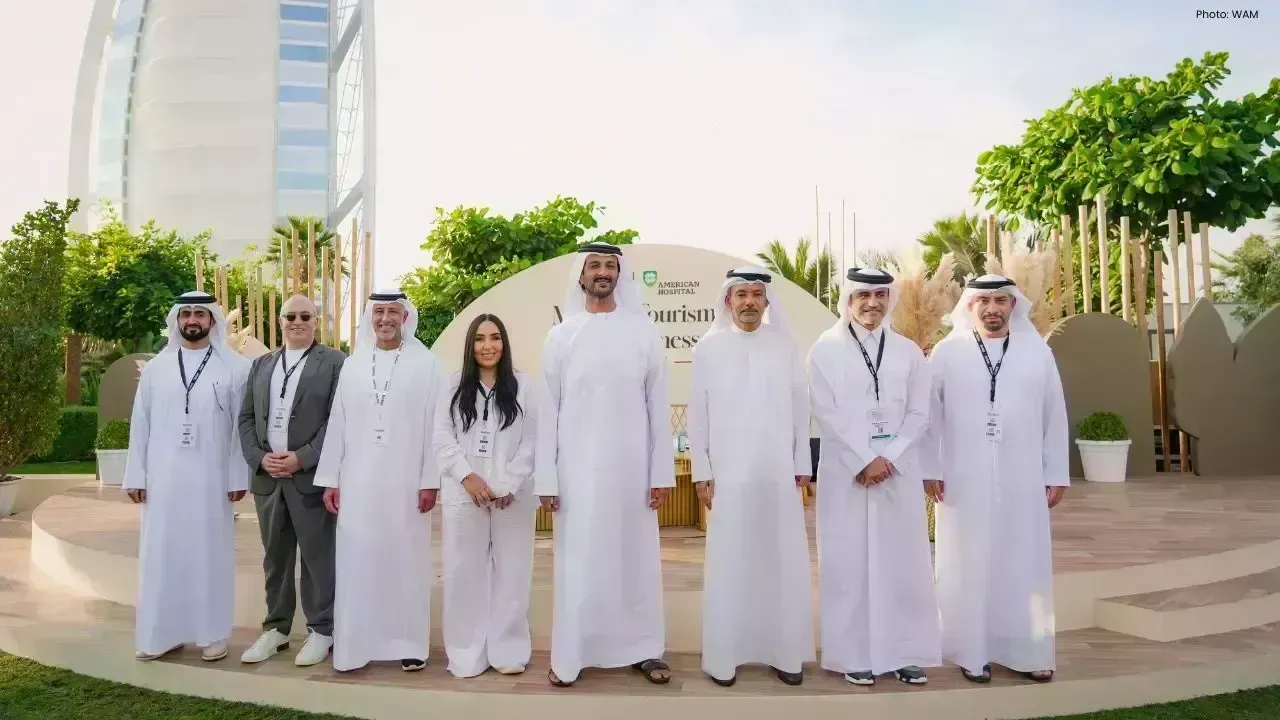

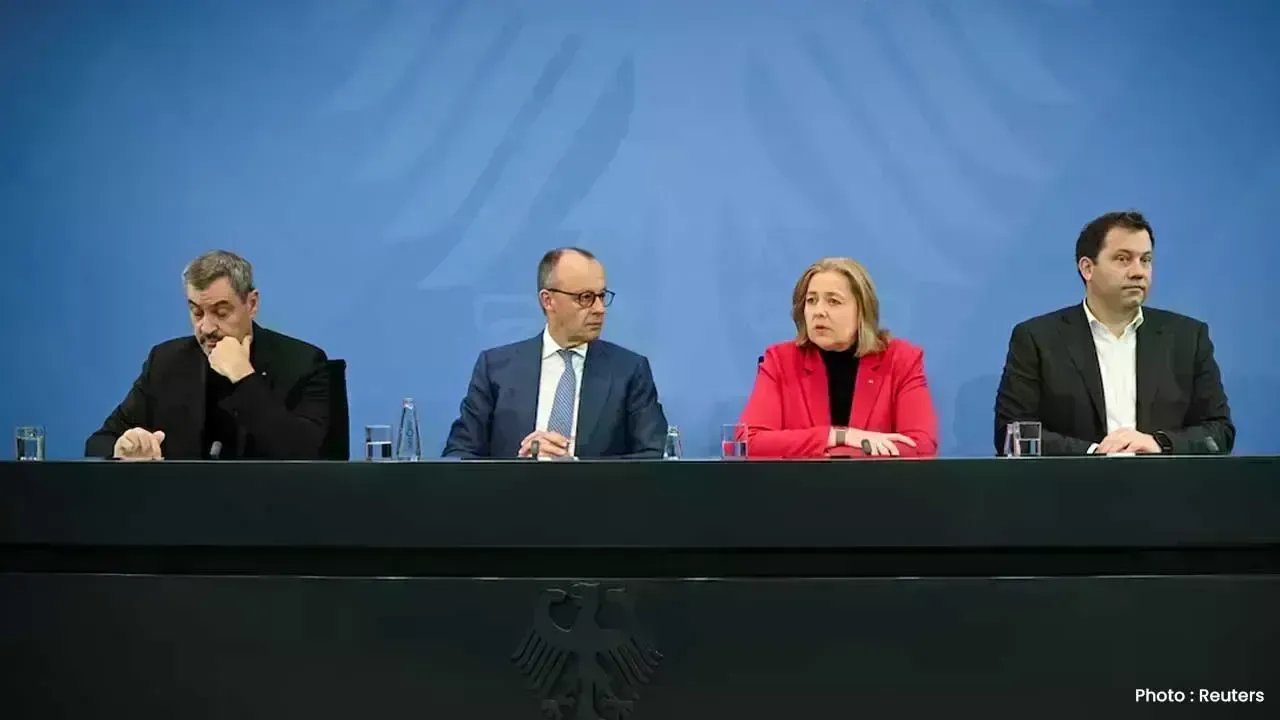

OpenAI Highlights Growing Cybersecurity Threats from Emerging AI Technologies
OpenAI has raised alarms about the increasing cyber risks from its upcoming AI models, emphasizing s

Manchester City Triumphs 2-1 Against Real Madrid, Alonso Faces Increased Scrutiny
Manchester City secured a 2-1 victory over Real Madrid, raising concerns for coach Xabi Alonso amid

Cristiano Ronaldo Leads Al Nassr to 4-2 Victory Over Al Wahda in Friendly Face-Off
Ronaldo's goal helped Al Nassr secure a 4-2 friendly win over Al Wahda, boosting anticipation for th

Landon Donovan Challenges Australia Coach on World Cup Prospects
Landon Donovan counters Australia coach Tony Popovic’s optimism for the World Cup, expecting an earl
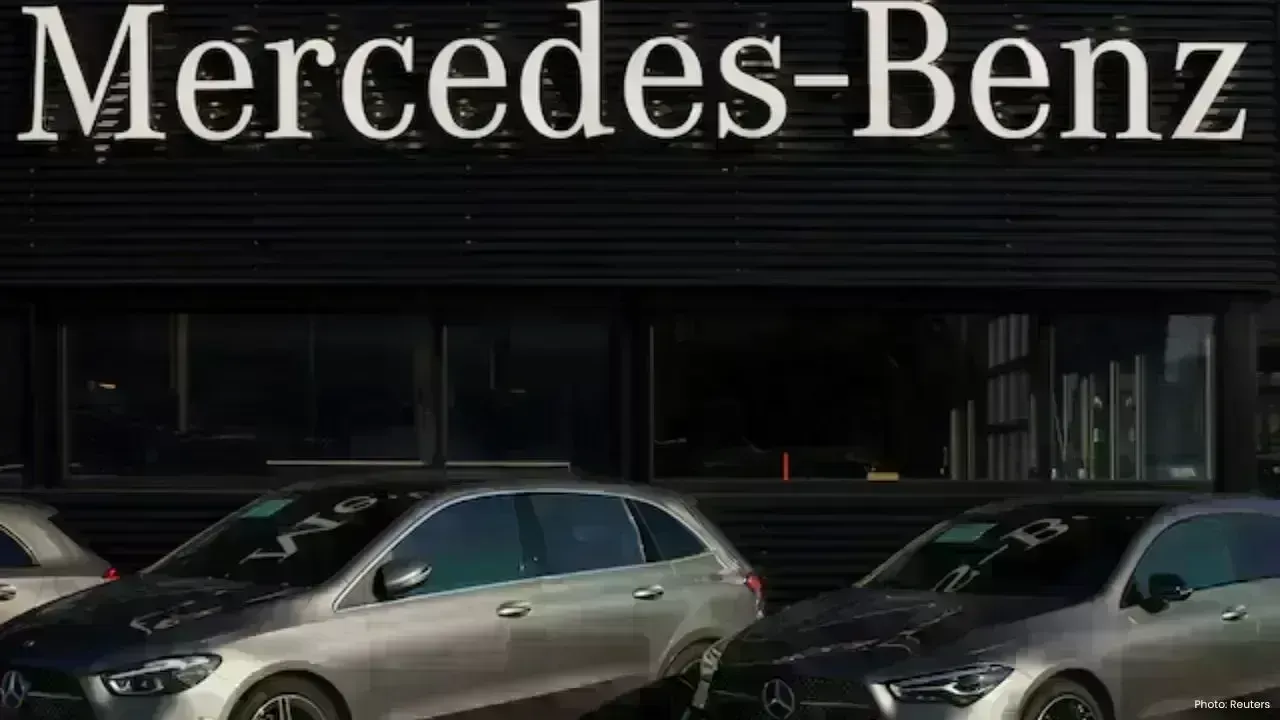
Mercedes-Benz Forms Landmark Partnership with WTA
Mercedes-Benz and the WTA unveil a significant partnership effective January 2026, with major invest

Abhishek Addresses Divorce Rumours Concerning His Family
Abhishek Bachchan confirms that daughter Aaradhya remains oblivious to divorce speculations, focusin